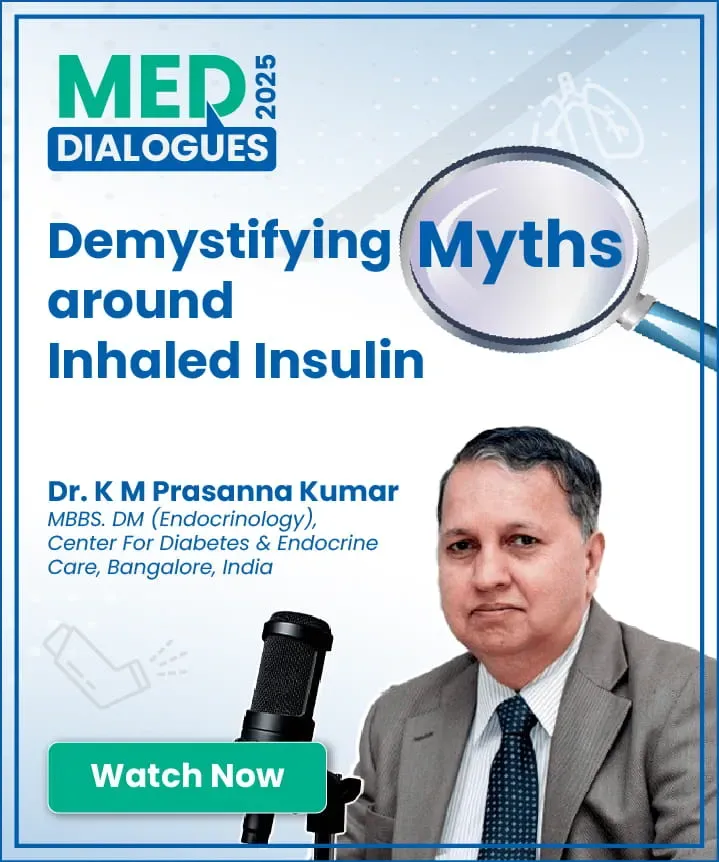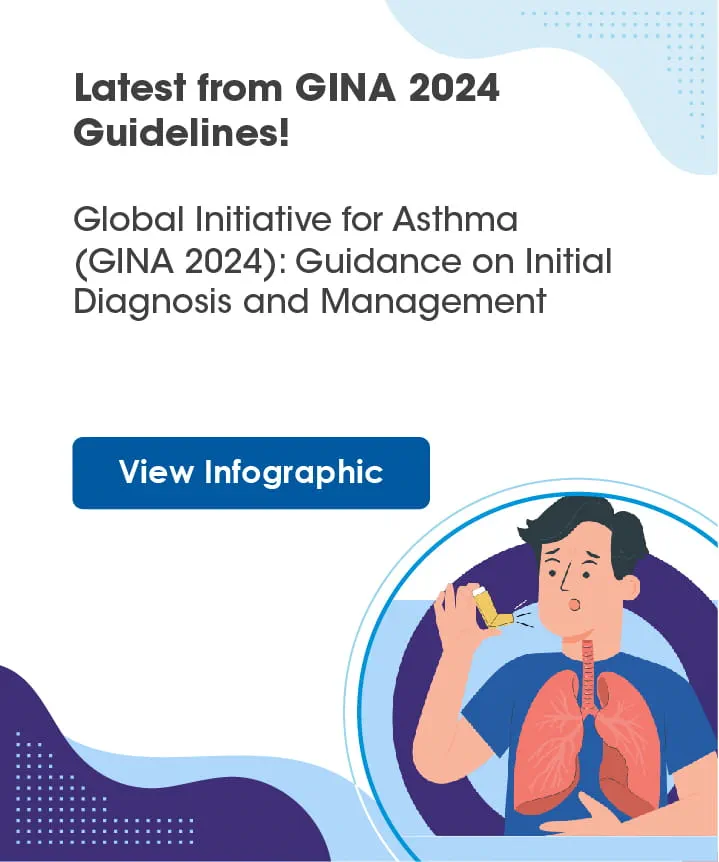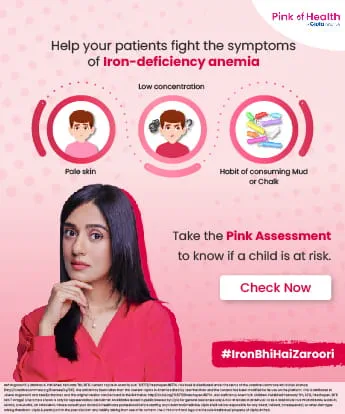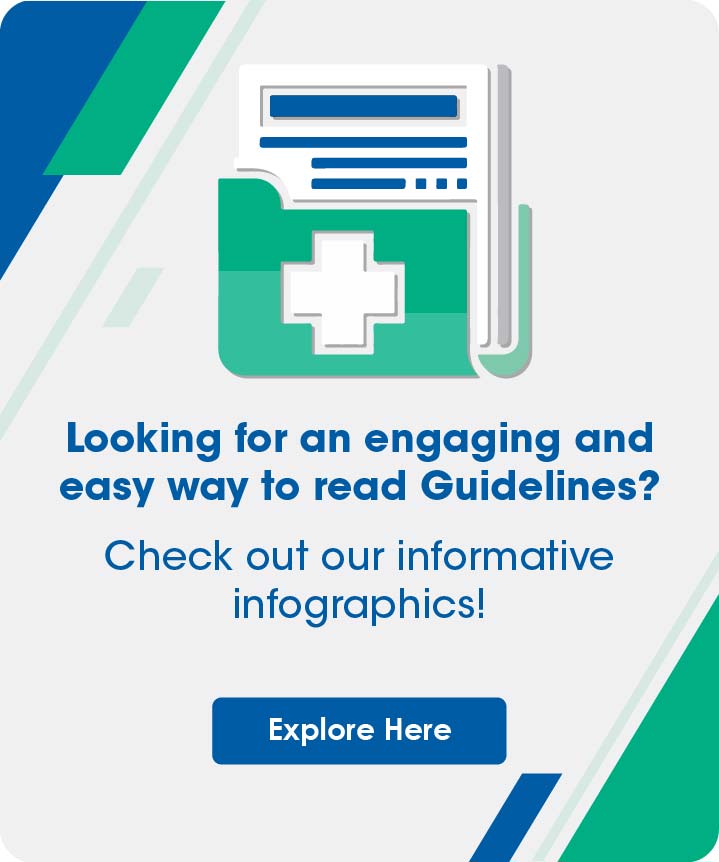Hey there! Welcome!
Get updated on
Select Speciality
Top Picks
2 Dec, 25
The AACE Algorithm on obesity/ABCD care provides detailed guidance on various aspects of management such as screening, diagnosis, tailored plans, therapy response, medication hierarchies, individualized pharmacotherapy, & FDA-approved treatments.
2 Dec, 25
Blood glucose–lowering therapy begins with lifestyle modification and metformin, with SGLT2 inhibitors or GLP-1 receptor agonists added based on cardio-renal risk and obesity status. Insulin is initiated when glycaemic targets are not achieved with optimized non-insulin therapy, with ongoing monitoring and adjustment through intensification or deintensification to maintain safety and control.
4 Dec, 25 J Intensive Care Med...
J Intensive Care Med...
- In sepsis patients, physical assessments at ICU discharge predicted physical dysfunction/death within a year of discharge
- Lower MRC (Medical Research Council) score (OR 0.98, cut-off 46), handgrip strength (OR 0.95, cut-off 12 kg), & Barthel index (BI, OR 0.96, cut-off 15) independently predicted these events; BI emerged as the best (AUC 0.718)
- BI & hand grip strength were linked to cognitive dysfunction.
4 Dec, 25 Br J Dermatol
Br J Dermatol
- Routine SPF 50+ use for 1 yr resulted reduced serum 25(OH)D vs discretionary use (–5.2 nmol/L.
- Vitamin D deficiency was more common in the intervention grp (45.7%) than in the control grp (36.9%), with a prevalence ratio of 1.33.
- Regular use of high sun protection factor sunscreen may require vit D supplementation to prevent deficiency.
3 Dec, 25 BMC Infect Dis.
BMC Infect Dis.
- Systematic review of 36 studies in low- and middle-income countries found indoor air pollution strongly linked to acute respiratory infections in under-five children (pooled prevalence 13.56%)
- Major risk factors: No kitchen window (OR=4.47), traditional stoves (OR=2.53), secondhand smoke (OR=1.19), unclean fuels (OR=1.16)
- Other factors: Diarrhea (OR = 3.76), and stunting (OR = 1.16) also increased risk.
3 Dec, 25 BJOG.
BJOG.
- N=528,816 (20–49 yrs)
- Women who married in childhood and delivered during adolescence had higher odds of hysterectomy (OR: 1.87) versus women married as adults who were not adolescent mothers
- Women married as child had lowest survival for hysterectomy (85.8% vs 91.7%)
- Women with child marriage without adolescent motherhood (OR 1.40) and adult marriage with adolescent birth (OR 1.53) were also at higher risk.
19 Nov, 25
Featured
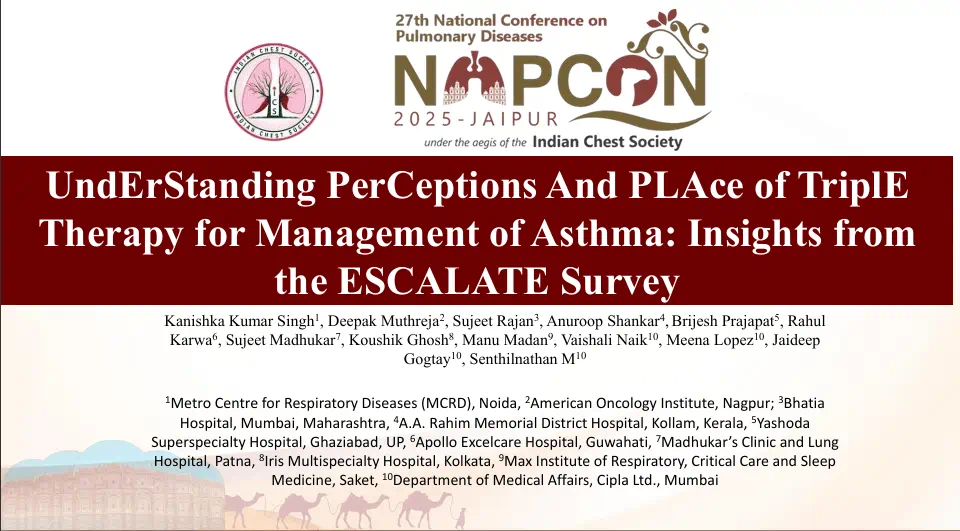
5 Dec, 25

4 Dec, 25
Our Research
4 Dec, 25
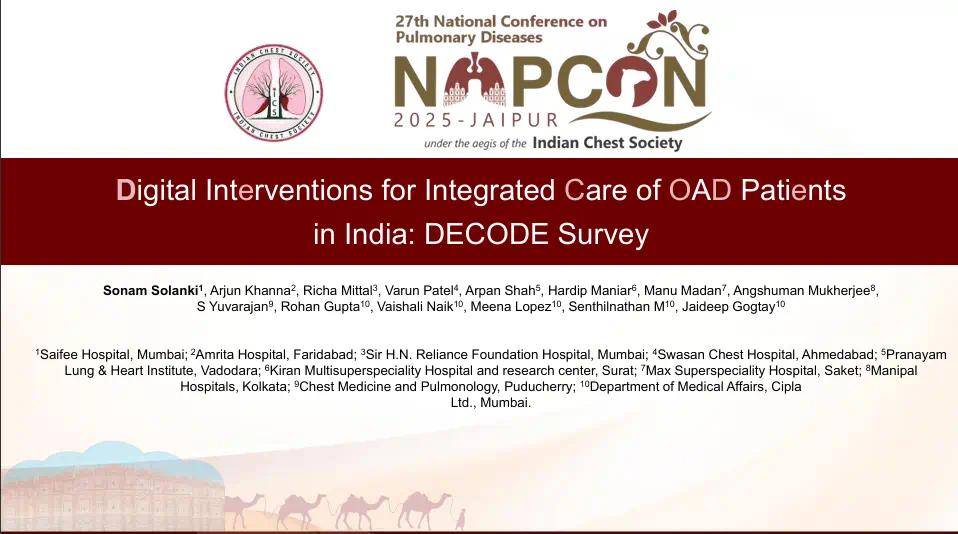
4 Dec, 25











